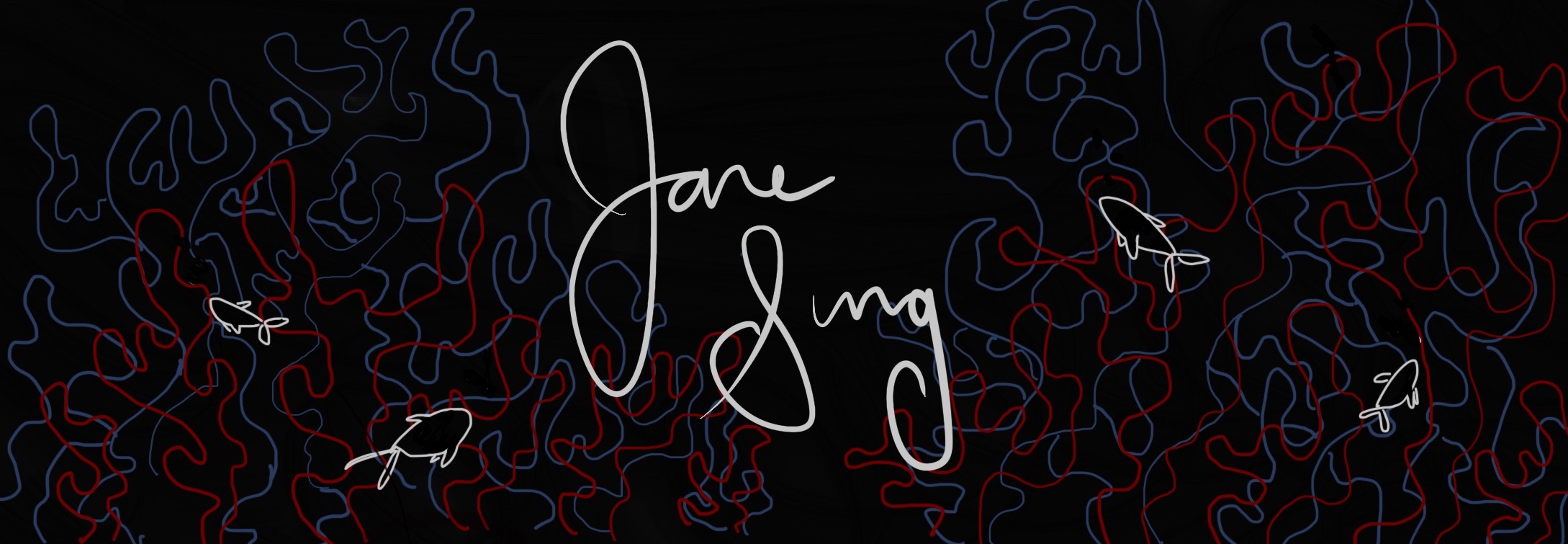Description:
The “cape worn by Klaus Nomi for early club gigs following his debut performance in November 1978 as the closing acts of the New Wave Vaudeville at Irving Plaza” is draped on a simple mannequin with a performative stance. The exact size is not given but the plastic cape is large and extends the space of the body in an A-line silhouette. It reaches the mannequin’s knees, but the collar extends upwards to 3/4 of the mannequin’s head. The exact material is unknown but it seems to be made of a clear, flexible plastic with thick, flexible wire shaping the bottom hem and collar. Though the garment seems very handmade, white thread is machine stitched at all the seams except for the armholes where the raw edges are left unfinished. There are four metal snaps at the shoulders so the wearer can easily move in and out of the garment. It seems extremely used and weathered, with dirty smudges of unknown substances all over. The stitching has started to come undone at the arm holes and there are red smudges at the back of the collar snd yellowing happening at its corners. The cloak is done with geometric, cubistic silhouettes because of the shape of the collar and overall structure of the bottom.
Deduction:
The appearance of the garment is very dramatic with is strong lines and its extension into space. It calls for attention just like Klaus Nori’s entire performances. Its look and material is unconventional and bit space-like, fitting for the otherworldly performer, so it is awe striking to approach the displayed piece. Because it takes up more space and attention, one has to stand away a bit further from the wearer, making him seem more untouchable. The cloak allows for movement and one can imagine its performative aspects. The smudges and worn out look of the garment hints at the amount it has been worn, and the characterizes the grime and dirt of the East Village art and club scenes. The cloak is handmade, so either Klaus Nomi did not have the budget for special made clothing because he was only at the start of his career, or he wanted got keep the integrity of the performance as something completely individualistic and involve himself in all aspects of its production. My initial reaction to seeing this in person was of awe and curiosity. Klaus made himself an enigma, something more than human, so seeing the physical object in person, I could almost imagine him in it and that made it so powerful.
Speculation:
Klaus Nomi had truly identified himself as an alien because in his words, when he was truly himself, he felt otherworldly. All his stage costumes seemed fairly simple, but they transformed him into a figure of another time and planet. In his performances, his voice, movements, and even his facial expressions transcended the current times. Though he was part of the New Wave movement, he was unique in his art and identity. The clothes he wore and the mannerism he tool were most natural to him even if they were completely outrageous to mainstream society.
To what extent can clothing empower someone and help fulfill their identity?
What is considered costume for one can be everyday wear for another, so where is this distinction in classifying fashion and clothing, and what do these labels constitute?
More specifically, how did he come to decision of using clear vinyl for this cape and other future costumes?
Vinyl is far from traditional with its history just starting in 1926 when Waldo Semon discovered it while trying to form a synthetic rubber. However, after being used in WWII, it began incorporating itself into fashion during the 1960’s. Even then, it was purely experimental with couture designers like Pierre Cardin and Paco Rabane using the fabric to create futuristic designs. Klaus Nomi’s creations were far from the high fashion couture shown in magazines, though it did take inspiration from the futurism and modernity that the fabric allowed. Vinyl and shiny fabrics were frequently incorporated in performance costumes, but his clear dramatically silhouetted capes stood out. He saw himself different from the rest, something beyond human.
“Vinyl as Fashion Fabric.” Encyclopedia of Clothing and Fashion. . Encyclopedia.com. (February 9, 2018).




